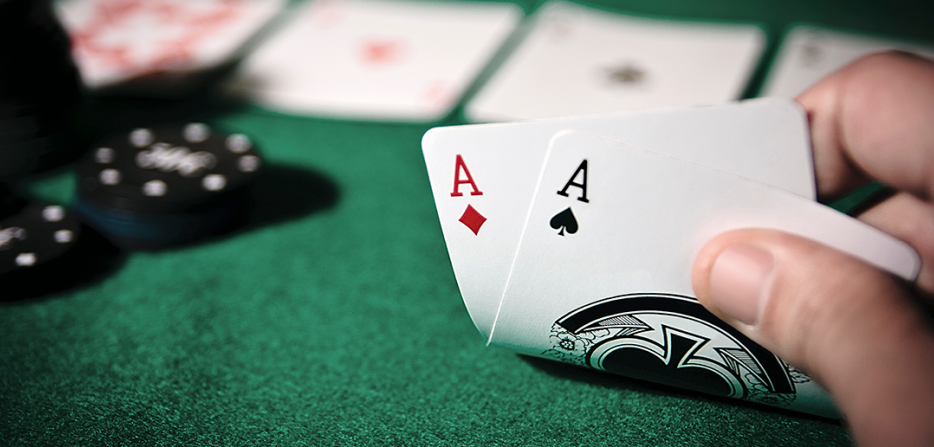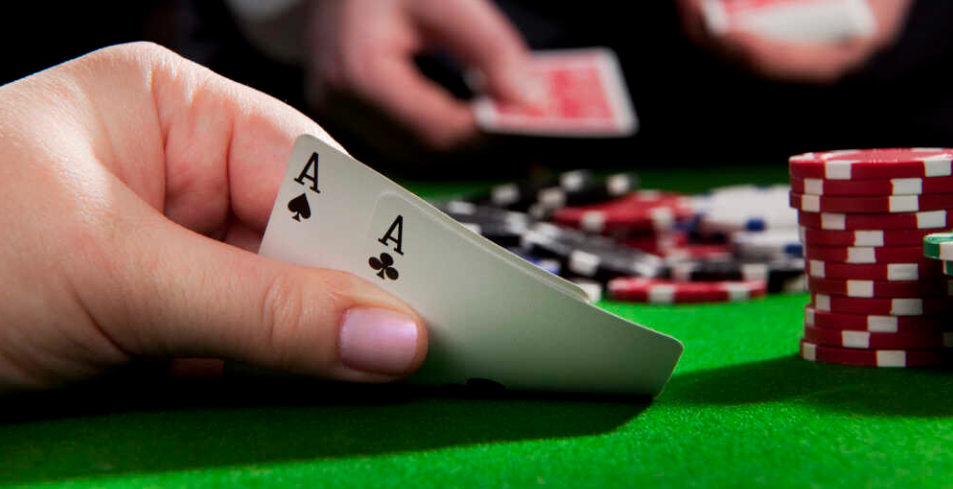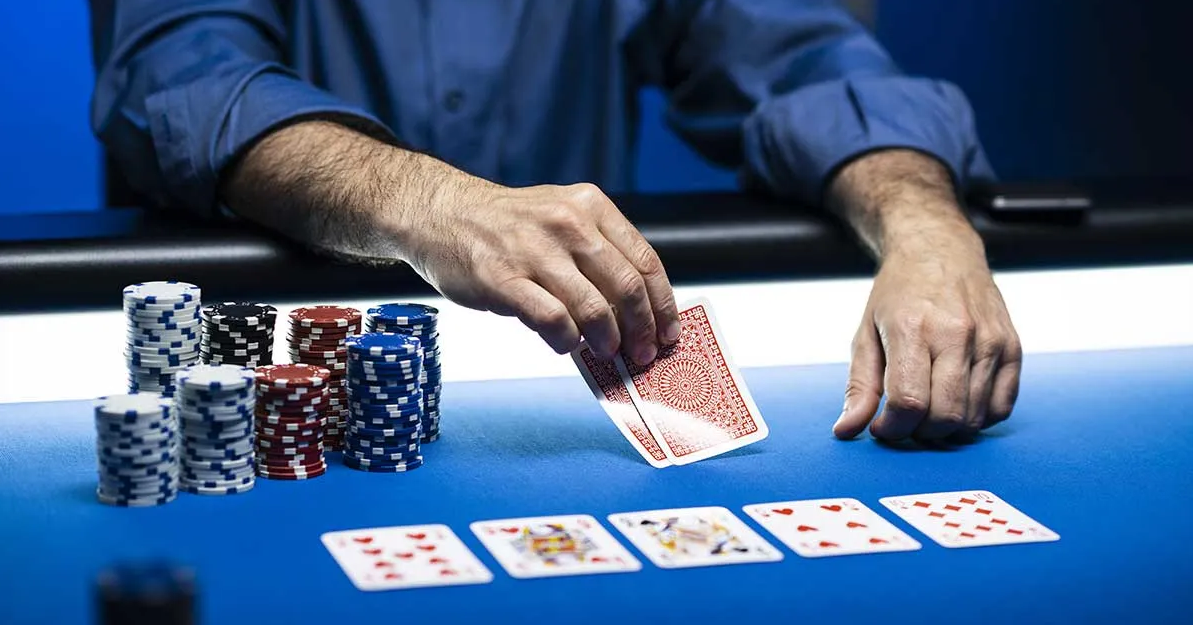In the intricate tapestry of poker strategy, few hands hold as much potential and intrigue as pocket pairs. These deceptively simple combinations of two cards of the same rank can be the key to winning or losing any hand. But what is a pocket pair in poker, and how can players use their power to dominate the table? Join us as we explore the ins and outs of pocket pairs in poker, from their definition to their strategic implications.
Understanding pocket pairs
In poker, pocket pairs are considered two cards of the same rank that are dealt to a player face down (i.e. hidden from other players). These cards are often referred to simply as “pocket pairs” or “pocket cards,” and they form the basis of many winning hands. Pocket pairs come in many shapes and sizes, from humble twos to mighty aces, and each has its own unique advantages and disadvantages.
Pocket pairs are some of the strongest starting hands in poker, giving players the ability to play big hands such as sets, trips and full houses. They are also capable of winning pots without a fight, either by having the best hand or by bluffing their opponents out of the game. But perhaps their greatest strength lies in their ability to remain hidden from their opponents until showdown, allowing players to make the most of their hands.

Pocket Pairs: Strong starting hands in poker
- Definition: Pocket Pairs is a starting hand in poker consisting of two cards of the same rank, such as two kings or two sevens.
- Strong Starting Hands: In Texas Hold’em, pocket pair are considered one of the strongest starting hands.
- Playability: The playability of pocket pairs can vary depending on their rank.
- Early Position: In early position it is usually recommended to play strong pocket pairs aggressively.
- Late Position: In late position it may be more favorable to play a wider range of pocket pairs, including low pairs.
- Implied odds: One of the biggest advantages of pocket pairs is their implied odds.
- Fold Equity: On the other hand, pocket pairs also have Fold Equity.
- Bluffing: Pocket pairs can also be used as a bluffing hand if the situation calls for it.
- Set Mining: Set mining is a popular strategy where players with small pocket pairs hope to get a set on the flop and win a big pot.
- Adjusting Your Game: The value and playability of pocket pairs in poker can vary depending on the type of game you play and the style of play of your opponents.
- Pay attention to the board: When playing pocket pairs, it is important to pay attention to the cards on the flop, turn and river.
- Beware of overplaying: Although pocket pairs are strong starting hands, they are not unbeatable.
- Mix it up: In order to keep your opponent in the mix, you need to diversify your play with pocket pairs.
- Table Position: As with any other poker hand, table position is crucial when playing with pocket pairs.
Ultimately, the power of pocket pairs in poker lies in their potential to win big pots and dominate the table.
Strategies for playing with pocket pairs
Small pocket pairs such as deuces and sixes can be difficult to play effectively, especially in early position. While they have the potential to make big hands, they are also vulnerable to domination by higher pairs or overcards on the flop. As a general rule, it is best to play these hands with caution, relying on a set-minimum (i.e. a set on the flop) or stealing the pot on the post-flop with timely aggression.
Medium pocket pair in poker, such as sevens-tens, are slightly stronger than their younger counterparts, but still require careful play. These hands can win the pot both preflop and postflop, but they can also be vulnerable to overcards on the board. As with small pocket pairs, it is important to play these hands carefully in early position and look for opportunities to make a pot on the postflop.
Big pocket pairs, such as jacks and aces, are the best starting hands in poker. These hands are strong favorites to win against any other hand pre-flop and have the potential to win huge pots post-flop. When playing with big pocket pairs, it is important to capitalise on your opponents by aggressively playing the pot pre-flop and continuing to bet and raise post-flop.

Maximizing value with pocket pairs
One of the key strategies for maximizing value with pocket poker pair is to aggressively build your pot preflop. By raising or re-raising your opponents, you can narrow the field and increase the size of the pot, thereby maximizing your potential winnings. This is especially important with big pocket pairs that thrive in heads-up or three-way pots.
Another effective strategy for maximizing value with pocket pair poker is deceptive play, masking the strength of your hand and forcing your opponents to make costly mistakes. This can be achieved by mixing up betting patterns, slowing down your hand play, or even bluffing with them at times. By keeping your opponents guessing, you will be able to capitalise on your pocket pairs and get them off balance.
Conclusion
In conclusion, poker pocket pairs are the cornerstone of poker strategy, giving players the opportunity to make big hands and win big pots. Whether your hands are deuces or aces, understanding how to play pocket pairs effectively is crucial to success at the poker table. By mastering the nuances of playing pocket pairs and employing strategies to maximize their value, you can elevate your game and become a formidable force at the table. So the next time you face a pocket pair, remember to proceed with caution, play with confidence and always be ready to harness the power of pairs in poker.


